Membrane Transporter/Ion Channel
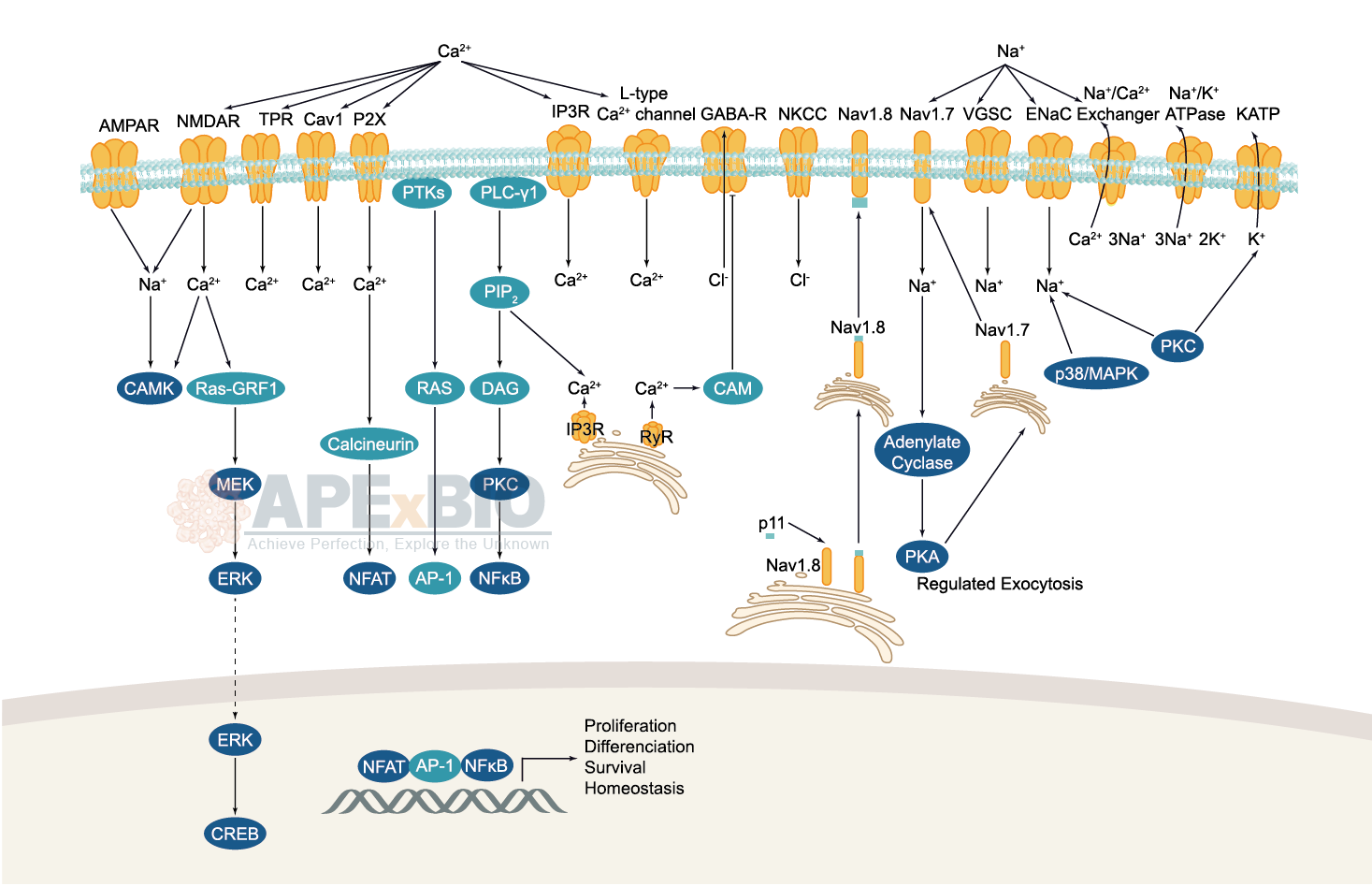
Ion channels are pore-forming membrane proteins which allow the flow of ions across the membrane. The ion channels can be broadly grouped into six families including calcium channels, chloride channels, potassium channels, sodium channels, gap junction proteins and porins. Not all ion channels are gated, such as certain type of K+ and Cl– channels, transient receptor potential superfamily of cation channels, the ryanodine receptors and the IP3 receptors, but most Na+, K+, Ca2+ and some Cl– channels are all gated by voltage. Ligand-gated channels are regulated in response to ligand binding (e.g. neurotransmitters signaling). These ligand-gated neurotransmitter receptors are known as ionotropic receptors. Various neurotransmitters couple to ionotropic receptors such as glutamate, acetylcholine, glycine, GABA, and serotonin.
-
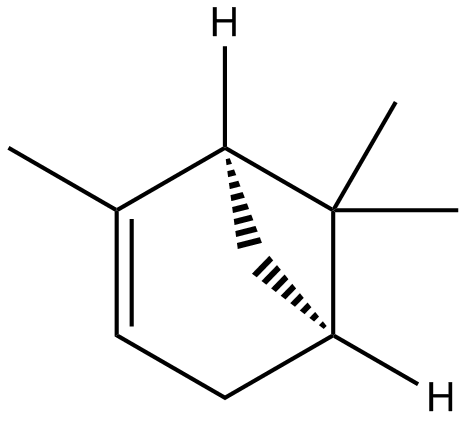 C7097 (1S)-(-)-α-Pinene
C7097 (1S)-(-)-α-Pinene -
 C7101 L-Glutamic acid monosodium salt
C7101 L-Glutamic acid monosodium salt -
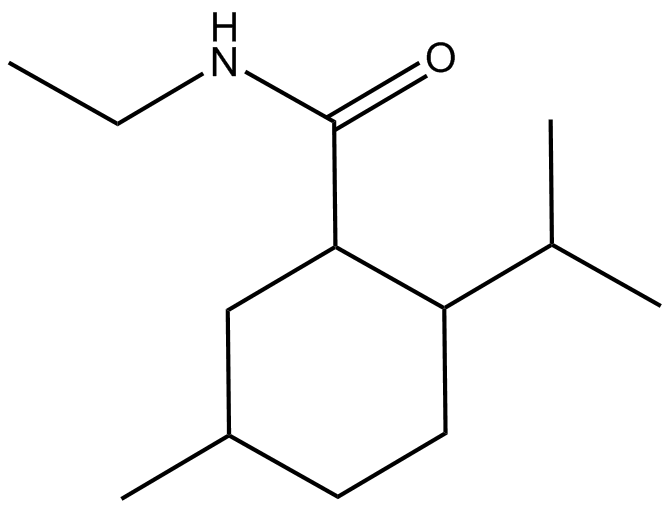 C7128 TRPM8 antagonist WS-3
C7128 TRPM8 antagonist WS-3 -
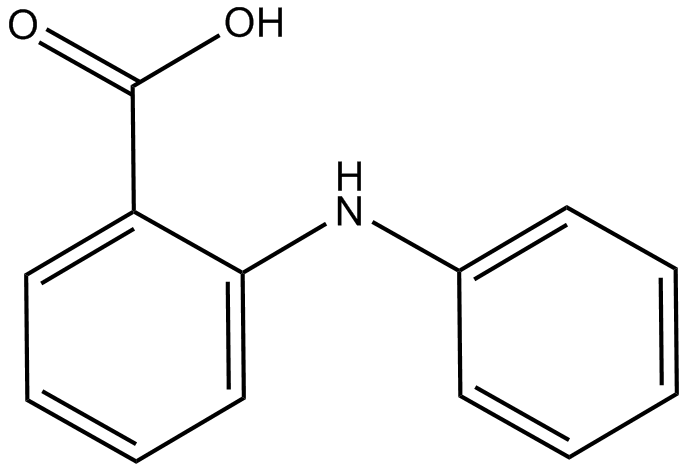 C7151 Fenamic acid
C7151 Fenamic acid -
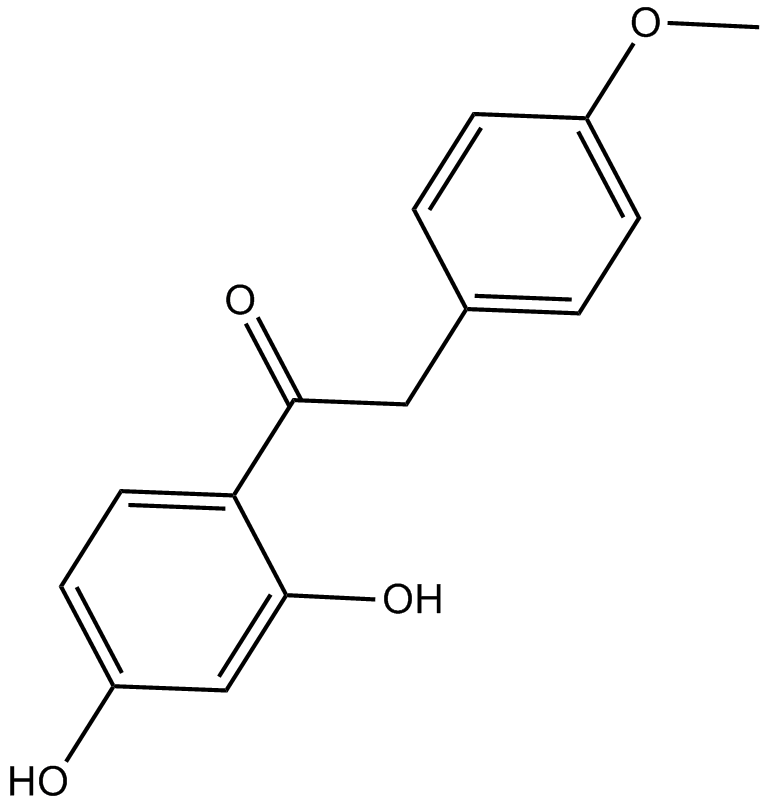 B5811 OnonetinSummary: TRPM3 channel blocker
B5811 OnonetinSummary: TRPM3 channel blocker -
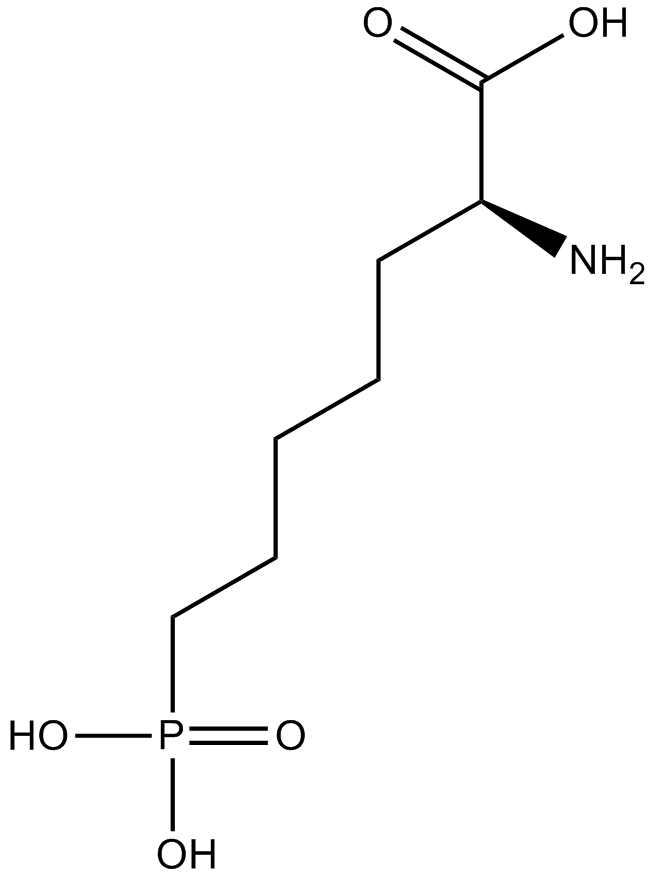 B6203 DL-AP7Summary: first generation phosphono NMDA antagonist
B6203 DL-AP7Summary: first generation phosphono NMDA antagonist -
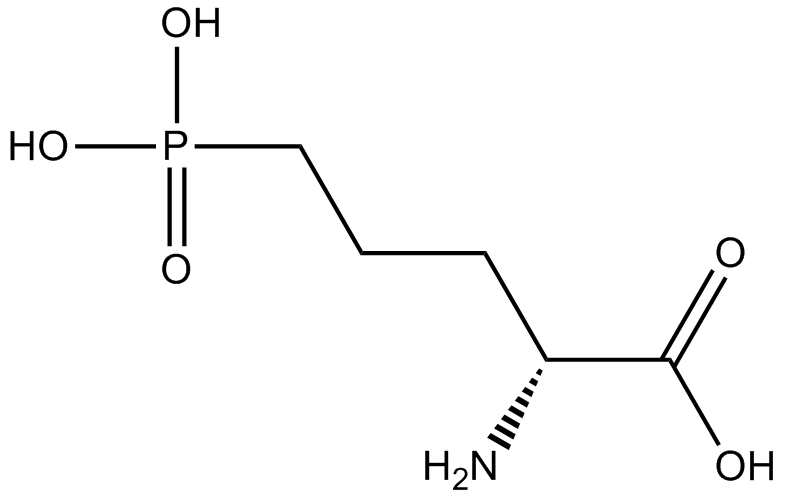 B6204 DL-AP5Summary: NMDA antagonist
B6204 DL-AP5Summary: NMDA antagonist -
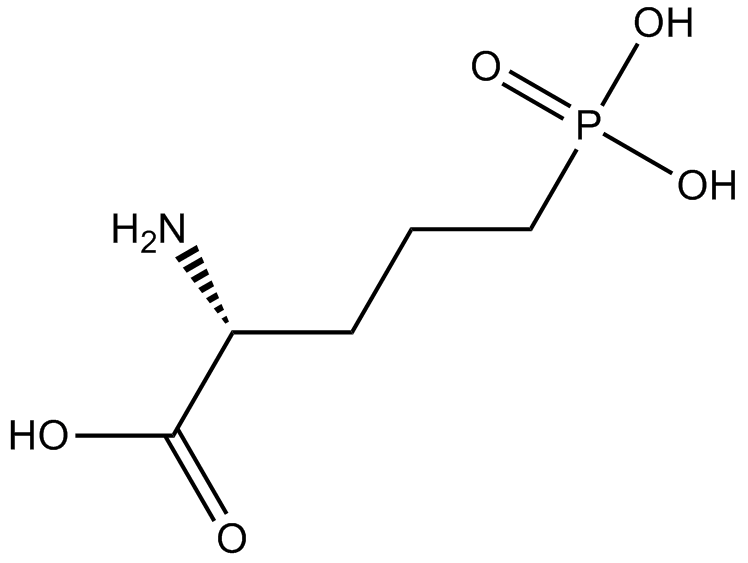 B6206 L-AP5Summary: NMDA antagonist
B6206 L-AP5Summary: NMDA antagonist -
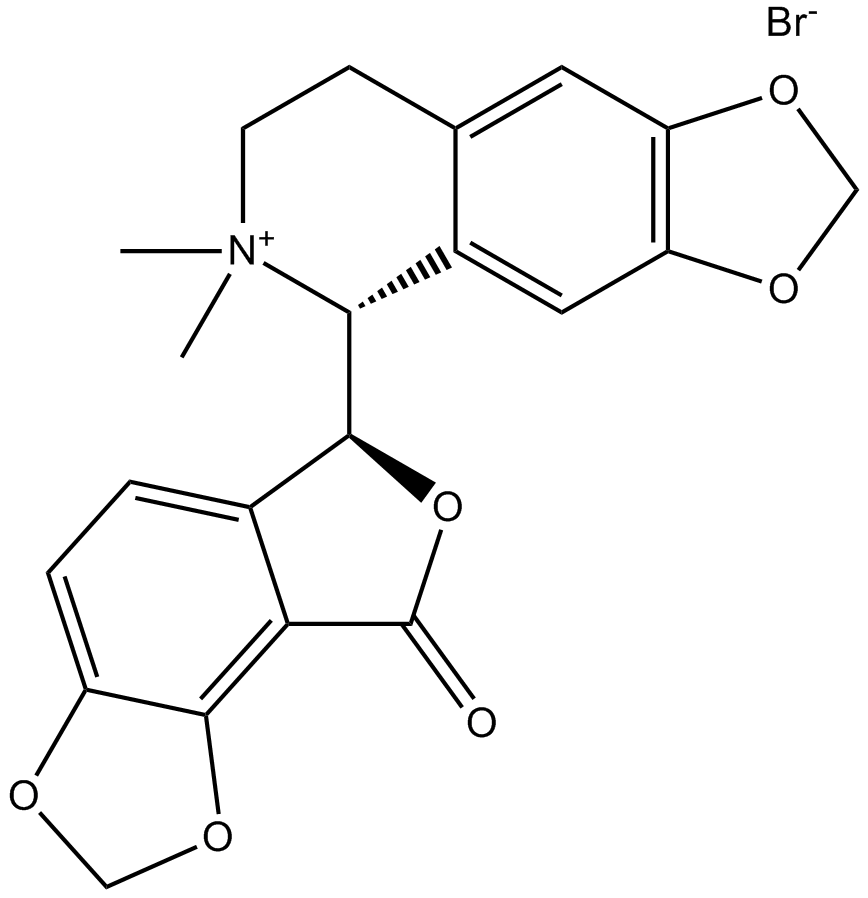 B6207 (-)-Bicuculline methobromideSummary: GABAA antagonist
B6207 (-)-Bicuculline methobromideSummary: GABAA antagonist -
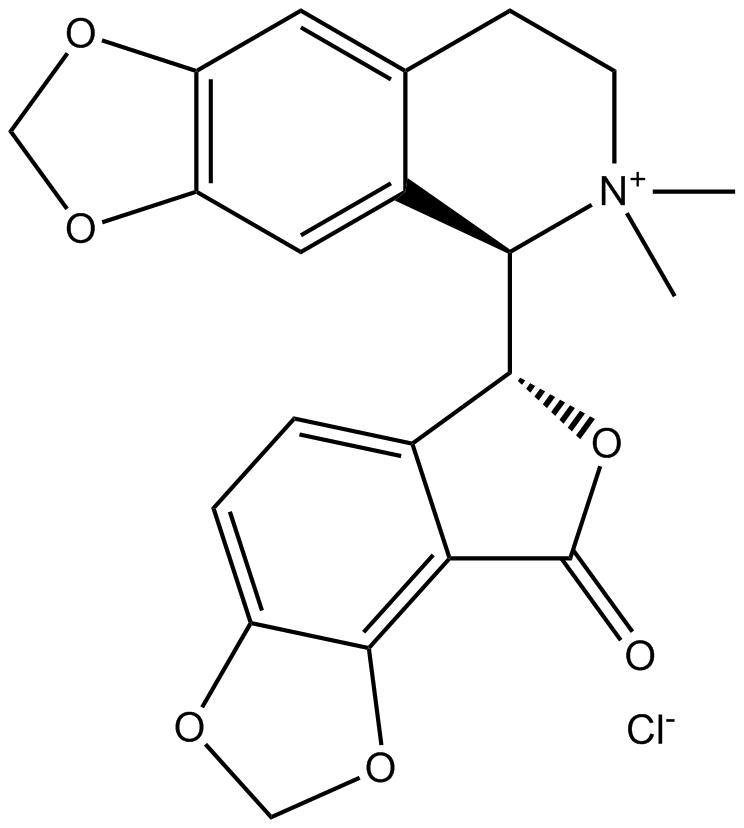 B6210 (-)-Bicuculline methochlorideSummary: GABAA antagonist
B6210 (-)-Bicuculline methochlorideSummary: GABAA antagonist

